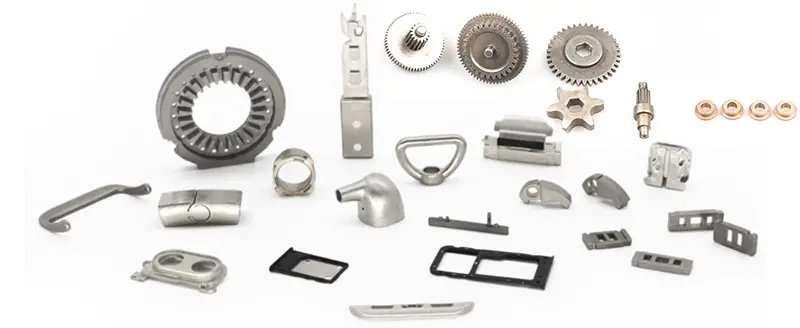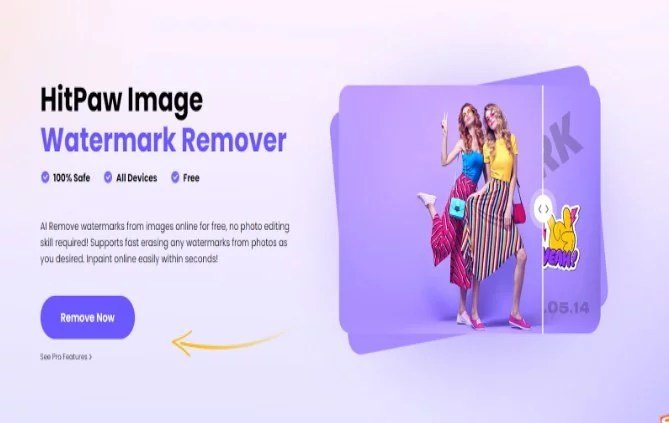The Evolution of OCR Technology

Welcome to the future of receipt management! Gone are the days of tediously sorting through stacks of paper receipts, trying to decipher faded ink and illegible handwriting. Thanks to the incredible advancements in Optical Character Recognition (OCR) technology, managing receipts has never been easier or more efficient. In this blog post, we will delve into the fascinating evolution of OCR technology and how it has revolutionized receipt management for individuals and businesses alike. Get ready to say goodbye to cluttered wallets and overflowing filing cabinets as we explore the transformative power of OCR technology in simplifying our lives.
Introduction to OCR Technology and Receipt Management
Receipt management is an essential part of any business. It involves the collection, organisation, and storage of receipts for various transactions such as purchases, expenses, reimbursements, and taxes. In the past, this process was done manually through paper-based systems, which were often time-consuming and prone to errors. However, with the advancement of technology, receipt management has undergone a significant transformation.
One of the key technologies that have revolutionized receipt management is Optical Character Recognition (OCR) technology. OCR is a software application that converts scanned or photographed images of handwritten or printed text into machine-readable text. In other words, it allows computers to recognize and interpret characters from images or documents.
The use of OCR technology in receipt management has significantly improved efficiency and accuracy by automating the data extraction process. Instead of manually entering data from receipts into a system, Receipt OCR technology can quickly scan and extract relevant information such as date, merchant name, amount spent, etc., saving businesses valuable time and effort.
The Evolution of Receipt Scanning: From Manual to Automatic
Receipt scanning has come a long way since its inception, evolving from a manual and time-consuming process to a more efficient and automated one. This transformation has been made possible through the advancements in Optical Character Recognition (OCR) technology.
In the early days of receipt management, businesses and individuals had to manually enter all the information from their receipts into a spreadsheet or accounting software. This was not only tedious and prone to human error but also consumed a considerable amount of time that could have been spent on other important tasks. Additionally, storing physical copies of receipts took up valuable office space and made it difficult to retrieve specific receipts when needed.
The introduction of OCR technology revolutionised this process by allowing computers to recognize text characters from scanned images or documents. In receipt management, OCR technology enables computers to “read” important information such as date, merchant name, items purchased, and total amount directly from scanned receipts. This data can then be easily exported into various accounting systems or expense-tracking software.
Initially, OCR technology required high-resolution scanners for accurate recognition of text characters. This was expensive and not accessible for most small businesses or individuals. However, with the widespread use of smartphones equipped with high-quality cameras, OCR technology became increasingly accessible through mobile apps.
The next major development in the evolution of receipt scanning came with the integration of artificial intelligence (AI) algorithms into OCR technology. AI-powered OCR is capable of learning and improving its recognition capabilities over time by analyzing large volumes of data. This has significantly increased the accuracy rates in
Benefits of Using OCR Technology for Receipt Management
Receipt management is a crucial aspect of any business, big or small. It involves the process of organising, storing, and retrieving receipts for financial purposes. In the past, receipt management was a manual and time-consuming process that often resulted in errors and inefficiencies. However, with the evolution of OCR (Optical Character Recognition) technology, businesses can now streamline their receipt management processes and reap numerous benefits.
Here are some of the significant advantages of using OCR technology for receipt management:
1. Time-saving: With traditional receipt management methods, employees had to manually enter data from receipts into spreadsheets or accounting software. This process was not only tedious but also prone to human error. However, OCR technology automates this task by instantly extracting data from scanned receipts and converting them into digital formats such as PDFs or CSV files. This significantly reduces the time it takes to manage receipts and allows employees to focus on more critical tasks.
2. Improved Accuracy: Human error is inevitable when it comes to manually entering data from receipts into systems. This can lead to incorrect figures in financial reports, which can have serious consequences for businesses. However, with OCR technology’s ability to accurately extract information from scanned receipts without any human intervention, the chances of errors are drastically reduced.
3. Cost-effective: Implementing an OCR-based receipt management system eliminates the need for manual data entry staff or outsourcing services for managing paper-based receipts. This results in significant cost savings for businesses in terms of salaries and expenses related to paper storage.
4 . Better Organization: Receipt management using OCR technology allows businesses to store and organize receipts in a digital format. This makes it easier to access and search for specific receipts when needed, eliminating the need to manually sort through piles of paper receipts.
5. Enhanced Data Security: Paper-based receipts are prone to loss, damage, or theft, which can compromise sensitive financial information. With OCR technology, all data from scanned receipts is stored in secure digital formats, reducing the risk of data breaches.
How OCR Technology Works for Receipt Scanning
OCR (Optical Character Recognition) technology has revolutionized the way we manage receipts. This technology uses advanced algorithms and machine learning to scan, recognize, and extract information from printed or handwritten documents, such as receipts. It has greatly simplified receipt management by eliminating the need for manual data entry, saving time and effort for both individuals and businesses.
There are several steps involved in how OCR technology works for receipt scanning:
1. Image Capture:
The first step in OCR technology is to capture an image of the receipt using a scanner or smartphone camera. Also, The quality of the image is crucial as it determines the accuracy of text recognition. A clear and well-lit image ensures better results.
2. Pre-processing:
Once the image is captured, it goes through pre-processing, where it is analyzed for any imperfections like stains, creases, or other obstructions that may affect the readability of text. Also, These imperfections are corrected to ensure accurate recognition in the next step.
3. Text Detection:
The next step involves detecting text on the receipt image using specialized algorithms. OCR software breaks down each character into its individual components, such as lines, curves, and angles, to identify letters and numbers accurately.
4. Character Recognition:
In this stage, OCR software uses pattern recognition techniques to identify characters based on their shape and size within a specific font type. Also, With advancements in machine learning and artificial intelligence, OCR systems can now recognize multiple fonts with high accuracy.
5. Data Extraction:
After detecting and recognizing characters on a receipt image, OCR software extracts the relevant data and organizes it into a structured format. This includes information such as date, merchant name, total amount, and individual item descriptions.
6. Verification:
To ensure accuracy, OCR software compares the extracted data with a pre-defined template or database of known receipts. Any discrepancies are flagged for manual review.
7. Exporting Data:
The final step involves exporting the extracted data into a usable format such as a spreadsheet or accounting software. Also, This makes it easier to organize and analyze receipts for financial tracking and tax purposes.
Tips for Effective Use of OCR Technology in Receipt Management
1. Choose the Right OCR Software:
The first step to effectively utilizing OCR technology in receipt management is to select the right software that meets your specific needs. Consider factors such as accuracy, compatibility with different devices and file formats, and ease of use when making your decision.
2. Ensure Quality Scanning:
To get accurate results from OCR technology, it is crucial to have high-quality scans of your receipts. Also, This means ensuring that the receipts are clear and not wrinkled or torn. Make sure to use a good-quality scanner or smartphone camera for capturing the images.
3. Organize Your Receipts:
Before using OCR technology, it is essential to have an organized system for storing your receipts. Also, This can be in the form of folders on your computer or cloud storage services like Google Drive or Dropbox. Having a well-organized system will make it easier for you to locate and manage your receipts once they have been digitized by the OCR software.
4. Utilize Advanced Features:
Most modern OCR software comes with advanced features such as automatic categorization and data extraction that can save you time and effort in organizing your receipts. Take advantage of these features to streamline your receipt management process further.
5. Train Your Software:
OCR technology relies on machine learning algorithms that improve over time with more usage and training. It is recommended to take some time initially to train your software by correcting any errors it may make while scanning receipts accurately. This will result in better accuracy and efficiency in the long run.
6. Stay Updated:
OCR technology is constantly evolving, with new features and updates being released regularly. Also, Stay updated with the latest advancements in OCR software to take full advantage of its capabilities for managing your receipts efficiently.
Conclusion
In conclusion, the evolution of OCR technology has transformed receipt management into a more efficient and accurate process. Also, With its ability to scan and extract data from receipts, businesses can now easily store, organize, and analyze their financial information. This not only saves time but also reduces the risk of human error. As OCR technology continues to advance, we can expect even more streamlined receipt management processes in the future. It is an exciting development that is helping businesses be more productive and effective in managing their finances. VisionX is the leading IT company providing its customers with the best receipt OCR API. Contact VisionX to get your custom receipt OCR API.





